√100以上 greenhouse gases pie chart ncert 347433
Although greenhouse gases make up only about 1 percent of the Earth's atmosphere, they regulate our climate by trapping heat and holding it in a kind of warmair blanket that surrounds the planetGreenhouse Gases Carbon Dioxide, Nitrous Oxide, Methane Share of Global GHG Emissions 103% Virgin Amazon rainforest borders an area of jungle destroyed to make way for farms in Brazil Deforestation, forest degradation and decay, forest and peat fires and other land use changes are responsible for over 10 percent of global emissionsOther GHGs are carbon monoxide, fluorinated gases, chlorofluorocarbons (CFCs), black carbon (soot), and brown carbon Among the greenhouse gases, only water vapour can absorb both incoming (UV) and outgoing (infrared) radiation Global Warming
Skeptic S Corner Spit And Pie Charts
Greenhouse gases pie chart ncert
Greenhouse gases pie chart ncert-Visualize greenhouse gas statistics and other data with this Dark Greenhouse Gases Pie Chart Template Make it pop with a dramatic color palette, icons, and large text Discover more colorful chart templates on VenngageAll of the World's Greenhouse Gas Emissions in One Awesome Interactive Pie Chart By China's emissions for energy alone make up nearly percent of total global discharge of greenhouse gases




Important Questions For Cbse Class 12 Biology Greenhouse Effect Ozone Depletion And Deforestation
Top Ten Cumulative Greenhouse Gas–Emitting Places Created with Highcharts 901 Emissions from 1850 to 17 (millions of metric tons of carbon dioxide equivalent) Chart title United States China Russia Germany India United Kingdom Japan France Ukraine Canada 0 100k 0k 300k 400k 500k 600k 700kEfficiency and reduce greenhouse gas emissions As of second quarter 12, we operate more than 1,600 natural gas collection vehicles — the largest heavyduty natural gas fleet in the (The top two pie charts at right illustrate the revenue percentages for 11 and 07 )Greenhouse effect is the phenomenon responsible for heating of the earth due to the presence of certain gases in the atmosphere Greenhouse gases (C0 2 CH 4 N 2 0 and CFCs) allow the solar radiations to enter, but prevent the escape of heat radiations of longer wavelength When these greenhouse gases increases4n concentration in the atmosphere, global warming
Greenhouse gas, any gas that has the property of absorbing infrared radiation (net heat energy) emitted from Earth's surface and reradiating it back to Earth's surface, thus contributing to the greenhouse effect Carbon dioxide, methane, and water vapour are the most important greenhouse gases (To a lesser extent, surfacelevel ozone, nitrous oxides, and fluorinated gasesThree dimensional charts are a notorious way of presenting information in a misleading way They emphasize the size of the frontfacing segments and deemphasize those behindGiven how people perceive the area of colour on a chart more than the angular measure of a pie slice shown at an oblique angle, it is more honest to stick to 2D pie chartsFortunately, the use of alternative energy sources, such as solar, wind, geothermal, and hydro energy, is gaining increased support worldwide The wind energy produced in Denmark, for example, provides about 10 percent of the country's total energy needs These methods of energy production emit no greenhouse gases once they are up and running
Electricity Sector Emissions Total Emissions in 14 = 6,870 Million Metric Tons of CO 2 equivalent * Land Use, LandUse Change, and Forestry in the United States is a net sink and offsets approximately 11 percent of these greenhouse gas emissions All emission estimates from the Inventory of US Greenhouse Gas Emissions and Sinks 1990–14 Larger image to save orThis chart summarizes the global sources of greenhouse gases If there's one key takeaway from this chart, it's this No single piece of the global economy accounts for the lion's share of greenhouse gas emissions In other words, there's no main culprit, no magic bulletAn introduction to the major greenhouse gases in the earth's atmosphere The FAQ discusses the relative potency, concentration and expected atmopsheric lifetime




Study The Following Pie Chart Carefully Which Lists The Various Sectors Responsible For Gas Emissions Brainly In




Data Interpretation English Grammar For Class 10 Cbse Examples Exercises Learn Cram
Greenhouse Gases The atmospheric concentrations of the major longlived greenhouse gases (carbon dioxide (CO2), methane (CH4), nitrous oxide (N2O), chlorofluorocarbons (CFCs), and carbon tetrachloride (CCI4) continue to increase because of human activities While the growth rates of most of these gases haveGreenhouse Gas Emissions by Sector and by Gas" pie charts, list the major greenhouse gases and discuss where each of them comes from and which ones are emitted in the largest quantities as a result of people's activities (Note that other lesson plans focus on CO 2 and the greenhouse effect, but you might still want to briefly discussThis sample was created in ConceptDraw DIAGRAM diagramming and vector drawing software using the Pie Charts Solution from Graphs and Charts area of ConceptDraw Solution Park This sample shows the Pie Chart of the approximate air composition You can see the percentage of oxygen, nitrogen and other gases in the air visualized on this Pie Chart



Global Warming Pie Chart 35 Images Ontario To Spend 7 Global Warming Glaciers The Water Towers Of The World



Ncert Nic In
Fluorinated Gases (HFCs, PFCs, SF 6) Fluorinated gases are emitted in smaller quantities than the other greenhouse gases, but what they lack in volume they can make up in potency and long lifespans in the atmosphere, ranging from 1270 years for HFCs to ,000 years for PFCs and about 3,0 years for SF6(b) The pie chart below gives the annual production of certain commodities of a State If the production of sugar is 3000 tons, find the total production of rice and wheat 8The pie chart below shows total US emissions from the US Greenhouse Gas Inventory for 14 by sector Total US emissions in 14 were 6,870 Million Metric Tons CO 2 e The pie pieces colored in blue represent the sectors that contain facilities reporting direct emissions to the Greenhouse Gas Reporting Program




Relative Contribution Of Various Green House Gases T Biology




Energy Consumption In Average Australian Household Band 8 Ielts Report Sample Ielts Practice Org
You can visit other EPA pages to learn more about EPA's national inventory and how it relates to EPA's Greenhouse Gas Reporting Program To view a graph, you can either pick from the full list in the Index of Charts or create a graph by choosing options from the five dropdown menus below Some dropdown menu options are unavailable and may be02% reduction in CO 2 concentration (see pie chart) Global temperature increase reduced by 001 F Sea level rise reduced by less than 1/100thof an inch (less than the thickness of 2 sheets of paper or 1 or 2 human hairsNow, over a century later, the mention of greenhouse gas usually evokes thoughts of carbon dioxide (CO 2)That's mainly because changes in the amount of CO 2 in the atmosphere have been linked to the warming of the atmosphere over this past century CO 2 is an important greenhouse gas, and along with water vapor, keeps the Earth warm enough to support life as we know it
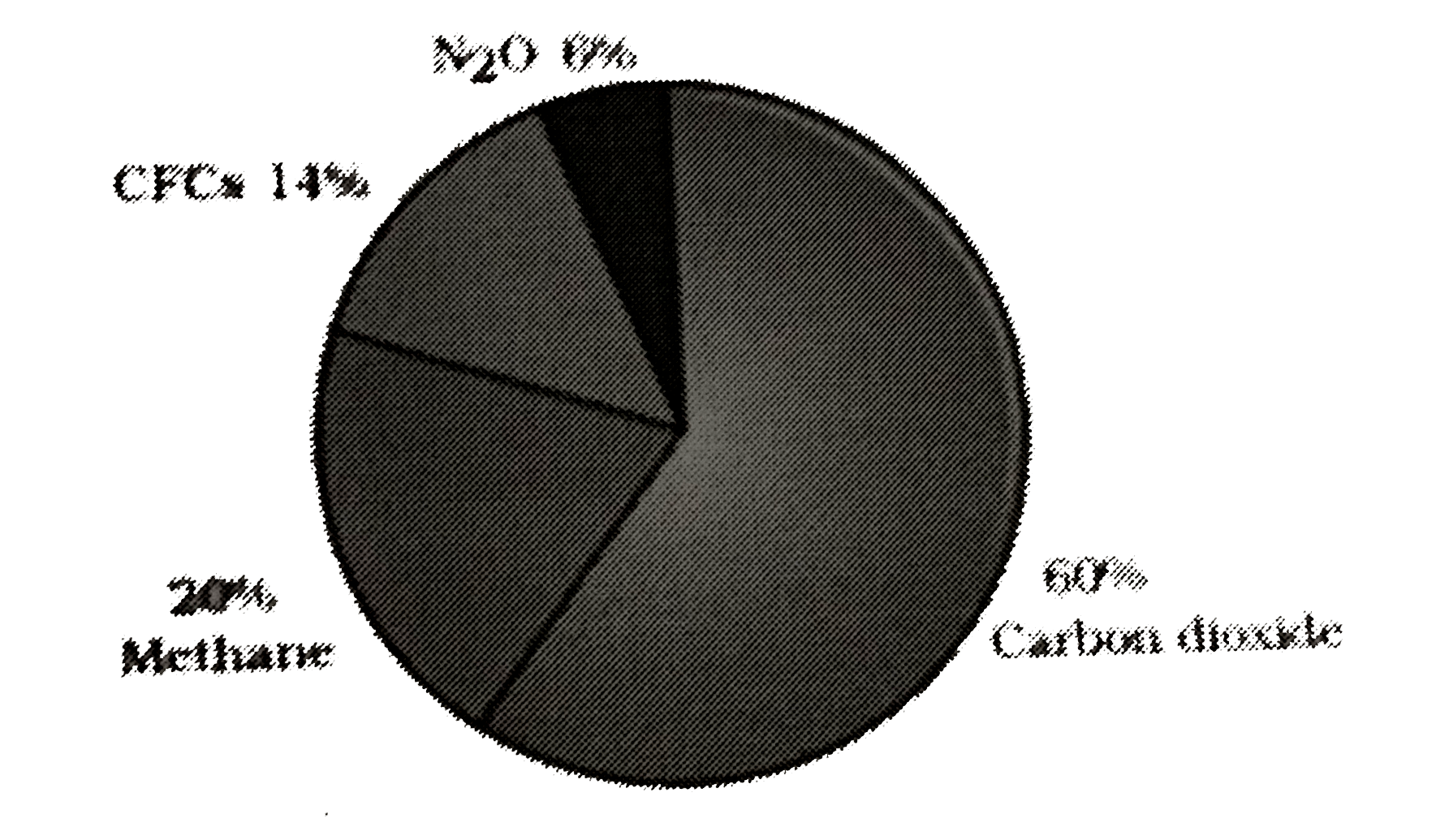



Indiscriminate Human Activities Have Strengthened The Greenhouse Effect Resulting In Global Warming Give The Relative Contribution Of Various Green House Gases In The Form Of A Pie Chart And Explain The Fate




Figure 4 Study Of The Effects Of Betaine And Or C Phycocyanin On The Growth Of Lung Cancer A549 Cells In Vitro And In Vivo
Greenhouse gases include carbon dioxide, methane, and nitrous oxides Scientists have determined that carbon dioxide's warming effect helps stabilize Earth's atmosphere Remove carbon dioxide, and the terrestrial greenhouse effect would collapse Without carbon dioxide, Earth's surface would be some 33 °C (59 °F) coolerThe greenhouse effect keeps the temperatures on our planet mild and suitable for living things Greenhouse gases (GHG) include carbon dioxide, water vapor, methane, ozone, nitrous oxide and fluorinated gases These molecules in our atmosphere are called greenhouse gases because they absorb heatGreenhouse gases that occur both naturally and from human activities include water vapor, carbon dioxide (CO 2 ), methane (CH 4 ), nitrous oxide (N 2 O) and ozone (O 3) Other greenhouse gases have essentially no natural sources, but are side products of industrial processes or manufactured for human purposes such as cleaning agents




Given Pie Diagram Represents The Relative Contribution Of Various Greenhouse Gases To Total Global Warming Identify The Gases P Q R And S




Master The Ncert For Neet Biology Vol 2 Pages 401 425 Flip Pdf Download Fliphtml5
NCERT Solutions NCERT Solutions For Class 12 A piechart detailing the driving cause of the deforestation of tropical forests between the years 00 and 05 is provided below Since carbon dioxide is a greenhouse gas, deforestation is a direct contributor to the greenhouse effectGraph by NOAA Climategov based on data from NOAA ESRL According to the 19 AGGI report, the combined heating influence of the longlived, humanproduced greenhouse gases is 314 Watts for every square meter of Earth's surface Just over 80 percent of that is due to carbon dioxide (66%) and methane (16%)Brief notes on Class 8 Pollution of Air and Water Air is a very important element in the atmosphere which makes this Earth livable for us It consists of a mixture of gases which by volume are – about 78% of nitrogen, about 21% is oxygen and carbon dioxide, argon, methane, ozone and water vapors in very small quantities



Ncert Nic In
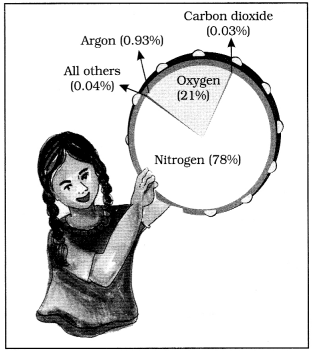



Class 7 Geography Chapter 4 Extra Questions And Answers Air Tet Success Key
Visualize greenhouse gas statistics and other data with this Dark Greenhouse Gases Pie Chart Template Make it pop with a dramatic color palette, icons, and large text Discover more colorful chart templates on VenngageGreenhouse gas emissions are greenhouse gases vented to the Earth's atmosphere because of humans the greenhouse effect of their 50 billion tons a year causes climate changeMost is carbon dioxide from burning fossil fuels coal, oil, and natural gasThe largest polluters include coal in China and large oil and gas companies, many stateowned by OPEC and RussiaGreenhouse Gas Concentrations Graphing Tool Interactive Data Visualization Tool The Interactive Data Visualization tool gives users a way to explore the abundance of different gases at more than 0 sampling sites around the world You can view graphs showing how the amount of carbon dioxide, methane, nitrous oxide, ozone, and various
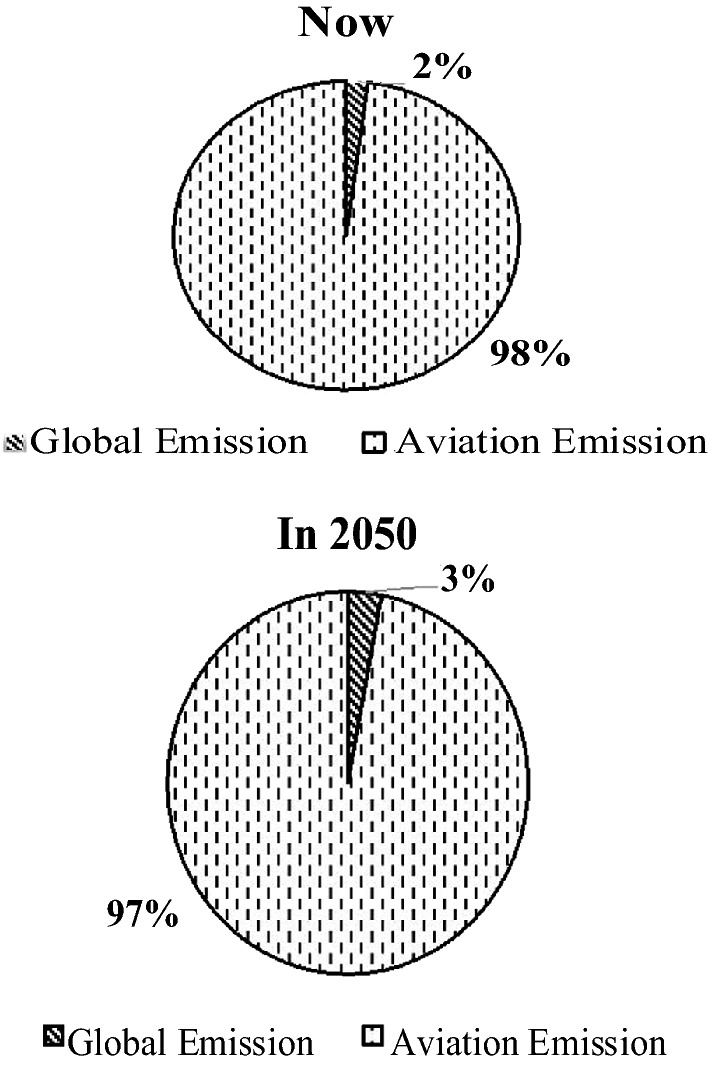



Study Of Carbon Emission During Taxi Out Operation At International Airport India Springerlink




Given Pie Diagram Represents The Relative Contribution Of Va
Of the six greenhouse gases, three are of primary concern because they're closely associated with human activities Carbon dioxide is the main contributor to climate change, especially through the burning of fossil fuels Methane is produced naturally when vegetation is burned, digested or rotted without oxygen Oil and gas production, cattleClimate change includes both global warming driven by human emissions of greenhouse gases and the resulting largescale shifts in weather patterns Though there have been previous periods of climatic change, since the midth century humans have had an unprecedented impact on Earth's climate system and caused change on a global scaleCarbon Dioxide CO2 1 100* Methane CH4 25 12 Nitrous Oxide N2O 265 121 Chlorofluorocarbon12 (CFC12) CCl2F2 10,0 100 Hydrofluorocarbon23 (HFC23) CHF3




Important Questions For Cbse Class 12 Biology Greenhouse Effect Ozone Depletion And Deforestation
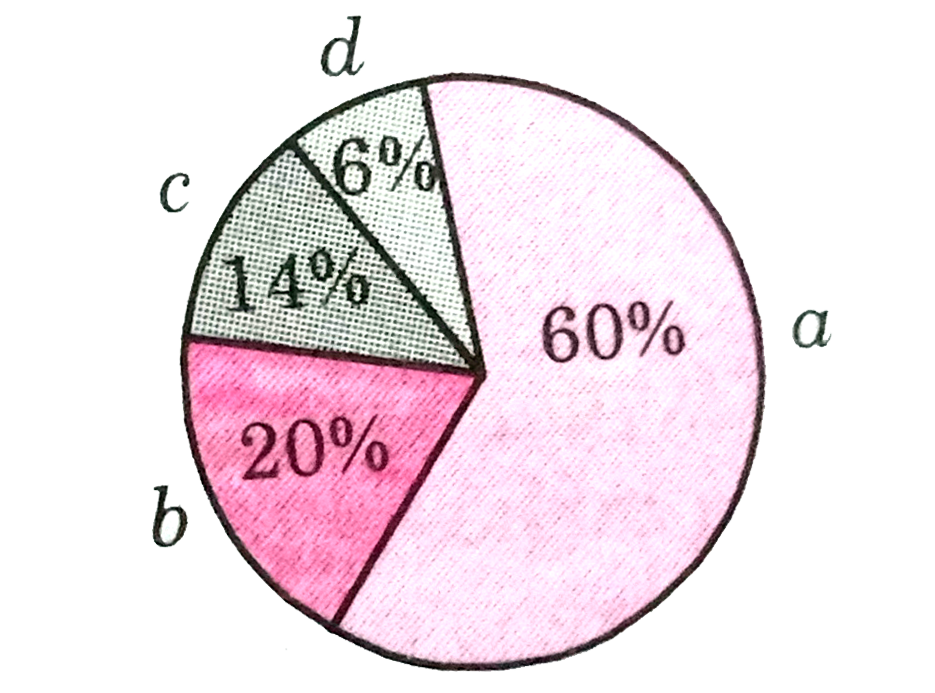



Relative Contribution Of Various Green House Gases To Total Global Warming Is Given In The Diagrams Identify The Green House Gases Img Src D10lpgp6xz60nq Cloudfront Net Physics Images Din Obj Bio V03 C38 E01 521 Q01 Png Width 80
Carbon dioxide (CO 2) is the most important greenhouse gas, but not the only one – gases such as methane and nitrous oxide are also a driver of global warming Carbon dioxideequivalents (CO 2 eq) try to sum all of the warming impacts of the different greenhouse gases together in order to give a single measure of total greenhouse gas emissions Two things make this more complicated the gases have different 'strengths' of warming;Atmosphere of Earth Wikipedia The pie chart example Atmosphere air composition was created using the ConceptDraw PRO diagramming and vector drawing software extended with the Pie Charts solution of the Graphs and Charts area in ConceptDraw Solution Park Gases In Air Pie ChartThe link between greenhouse gases in the atmosphere and warming temperatures is clear CO 2 is continuously exchanged between the land, the air, and the ocean While more than half of emitted CO 2 is removed from the atmosphere through natural processes within a century, about percent remains in the atmosphere for many millennia




Master The Ncert For Neet Biology Vol 2 Pages 401 425 Flip Pdf Download Fliphtml5




Air Composition Pie Charts A Recipe For Air Activity Teachengineering
You are About to View Greenhouse Gas Quantities from Suppliers Important Information about this Data Set Suppliers are facilities or entities that supply certains products (eg, fossil fuels or industrial gases) into the economy that, when combusted, released, orGreenhouse gas Chemical formula Global Warming Potential, 100year time horizon Atmospheric Lifetime (years) Global Warming Potential and Atmospheric Lifetime for Major Greenhouse Gases;The 'greenhouse effect' is the warming of climate that results when the atmosphere traps heat radiating from Earth toward space Certain gases in the atmosphere resemble glass in a greenhouse, allowing sunlight to pass into the 'greenhouse,' but blocking Earth's heat from escaping into space The gases that contribute to the greenhouse effect




Dark Greenhouse Gases Pie Chart Template



Onlinelibrary Wiley Com
Greenhouse gases come from all sorts of everyday activities, such as using electricity, heating our homes, and driving around town The graph to the right shows which activities produce the most greenhouse gases in the United States These greenhouse gases don't just stay in one place after they're added to the atmosphereCarbon dioxide is the most commonly produced greenhouse gas Carbon sequestration is the process of capturing and storing atmospheric carbon dioxide It is one method of reducing the amount of carbon dioxide in the atmosphere with the goal of reducing global climate changeGreenhouse Gases Examples The Primary GHGs are Water Vapour;



Skeptic S Corner Spit And Pie Charts
/GettyImages-1189129733-6232768eb36c48d7b8e65aafb9ecd456.jpg)



All Of The World S Greenhouse Gas Emissions In One Awesome Interactive Pie Chart
A pie chart of greenhouse gas emissions The following program depicts the emissions of greenhouse gases by mass of carbon equivalent Data from the 07 IPCC report, 07 Climate Change 07 Synthesis Report Contribution of Working Groups I, II and III to the Fourth Assessment Report of the Intergovernmental Panel on Climate Change Core Writing Team,Greenhouse gases are gases that can trap heat They get their name from greenhouses A greenhouse is full of windows that let in sunlight That sunlight creates warmth The big trick of a greenhouse is that it doesn't let that warmth escape That's exactly how greenhouse gases act They let




Pie Chart That Shows Different Types Of Gases 57 Percent Is From Carbon Dioxide Fossil Fuel Use 17 Percent Global Warming Greenhouse Gases Greenhouse Effect




Current Affairs Changing Land Use Pattern And Climate Change Perfect 7 Weekly Magazine April 19 Issue 2 Dhyeya Ias Best Upsc Ias Cse Online Coaching




Global Warming Pie Chart 35 Images Ontario To Spend 7 Global Warming Glaciers The Water Towers Of The World
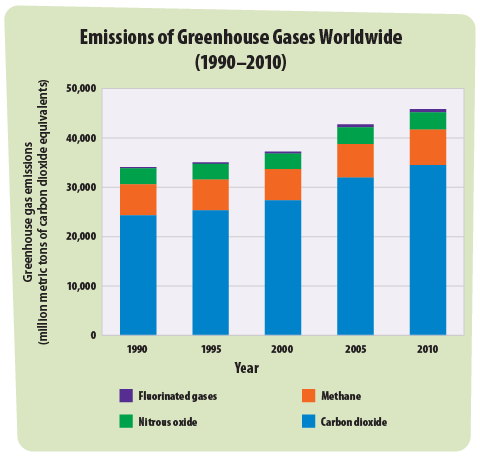



Greenhouse Gases A Student S Guide To Global Climate Change Us Epa




ग र न ह उस ग स च टक य म कर य द Learning Students Gk Teaching Shorts Youtube




Given Pie Diagram Represents The Relative Contribution Of Va
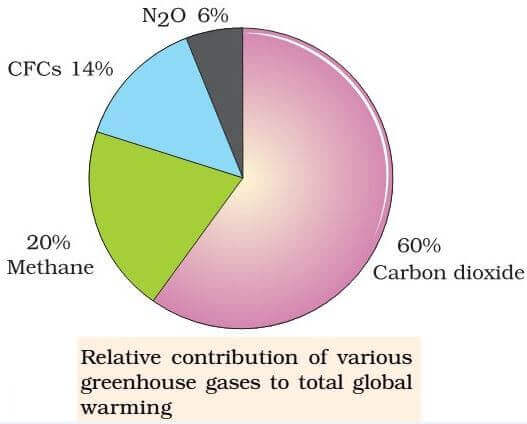



Greenhouse Effect Global Warming Carbon Sequestration Pmf Ias




Deforestation Causes Effects Control Of Deforestation With Videos And Faqs




Given Pie Diagram Represents The Relative Contribution Of Various Greenhouse Gases To Total Global Warming Identify The Gases P Q R And S Img Src D10lpgp6xz60nq Cloudfront Net Physics Images Ncert Fing Bio Obj Xii C16 Ei E01 074 Q01 Png




Fastest What Is Global Warming Ncert




Climate Change Annual Greenhouse Gas Index Noaa Climate Gov




Example Of Analytical Paragraph Based On Pie Chart Essayshout




The Content Of The Carbon Dioxide In The Air Is 500 Ppm Parts Per Million What Is The Content Of Oxygen In The Air 150 Ppm 0 Ppm None Of These 300 Ppm




Logical Class Home




The Pie Chart Shows The Composition Of Air Identify The Gases W X Y
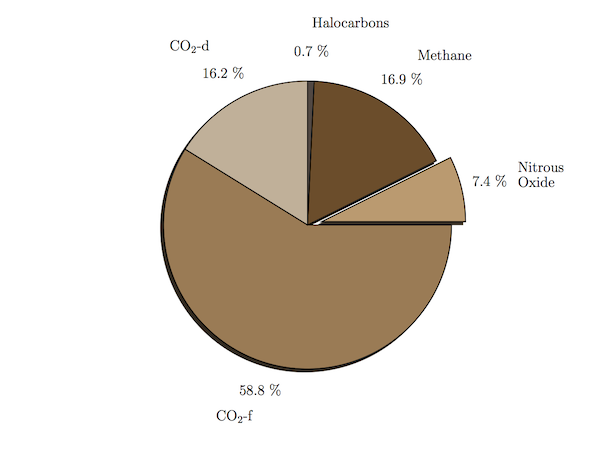



A Pie Chart Of Greenhouse Gas Emissions



Ncert Nic In




Can You Give Me A Pie Chart On Composition Of Atmosphere Social Science Air Meritnation Com




Year 11 Skills And Interpretation Homework Workbook Pdf Free Download




Pdf Policy Analysis Reveals The Need For New Approaches
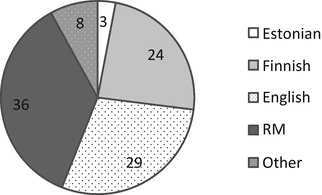



Official Language Policy As A Factor In Using Receptive Multilingualism Among Members Of An Estonian And A Finnish Student Organization Springerlink
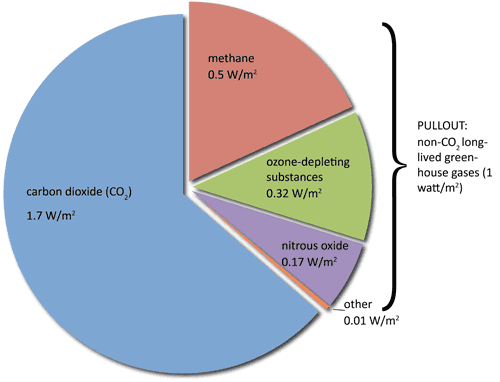



Greenhouse Gas It S Not Just About Co2




Allen Online Bilogy Unittest 9 Pdf Primary Production Biodiversity
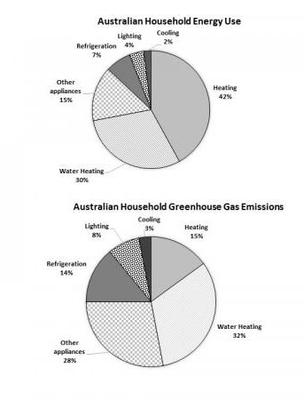



Australian Household Energy Consumption Task 1 Academic Ielts Report Sample Ielts Practice Org




Important Questions For Cbse Class 12 Biology Greenhouse Effect Ozone Depletion And Deforestation



Indicates The Percentage Of Greenhouse Gas Emissions As Shown In Pie Chart Download Scientific Diagram



1




Clearing The Air Livestock S Contribution To Climate Change Sciencedirect




Ncert Solutions For Class 6 Science Chapter 15 Air Around Us Ncert Solutions




Sample Papers For Neet Neet Sample Test Paper 75 Studyadda Com




Ncert Class Viii Science Solutions Chapter 18 Pollution Of Air And Water Part 2 Flexiprep




Given Pie Diagram Represents The Relative Contribution Of Various Greenhouse Gases To Total Global Warming Identify The Gases P Q R And S Img Src D10lpgp6xz60nq Cloudfront Net Physics Images Ncert Fing Bio Obj Xii C16 Ei E01 074 Q01 Png
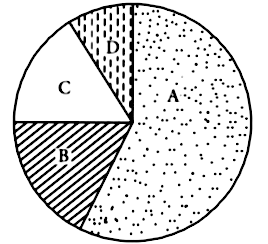



Answer The Question On The Basis Of Your Understanding Of The Following Pie Chart That Represents The Contribution Of Different Gases To The Greenhouse Effect Excessive Use Of Fossil Fuel Will Lead To
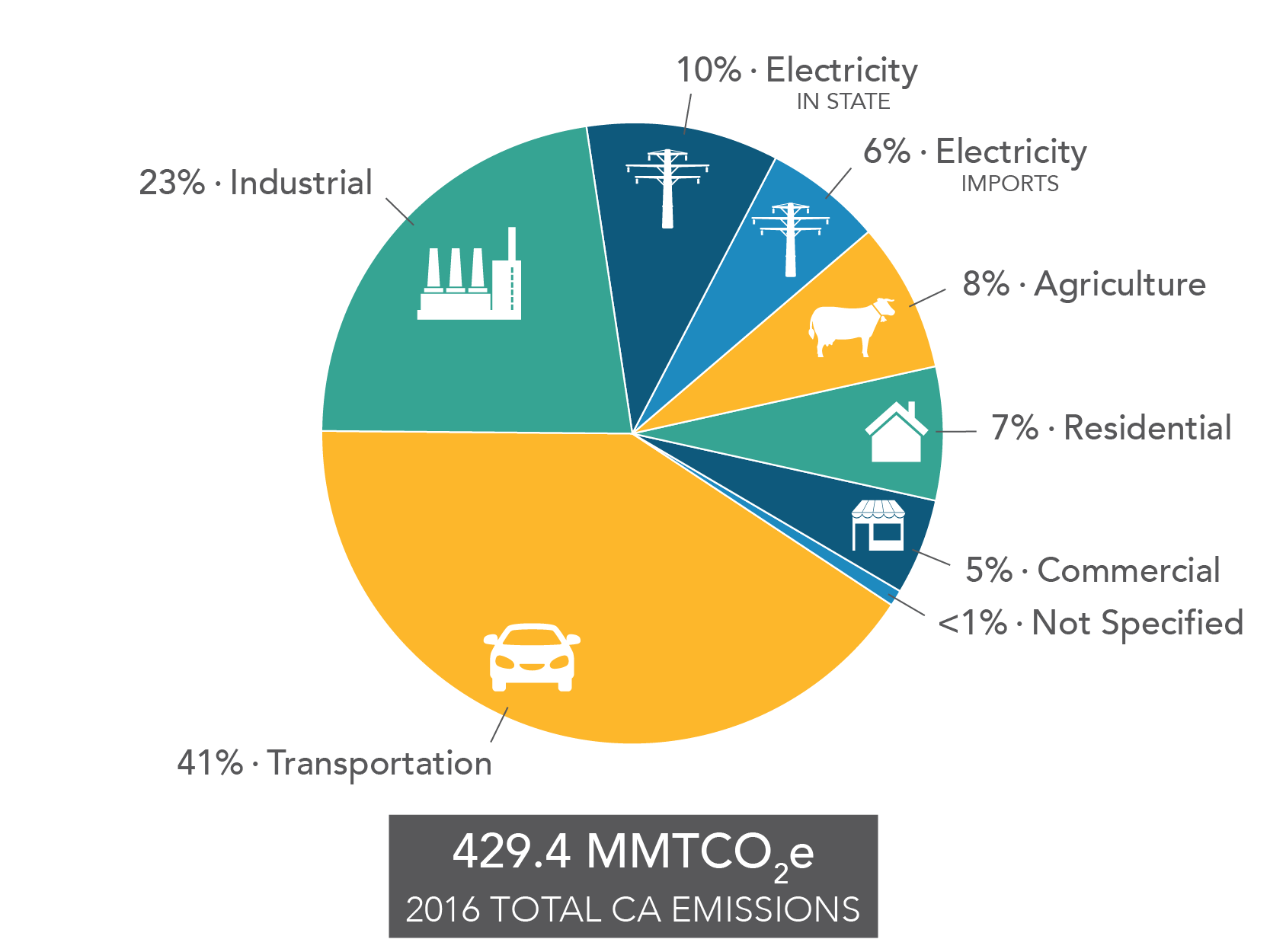



Global Warming Pie Chart 35 Images Ontario To Spend 7 Global Warming Glaciers The Water Towers Of The World
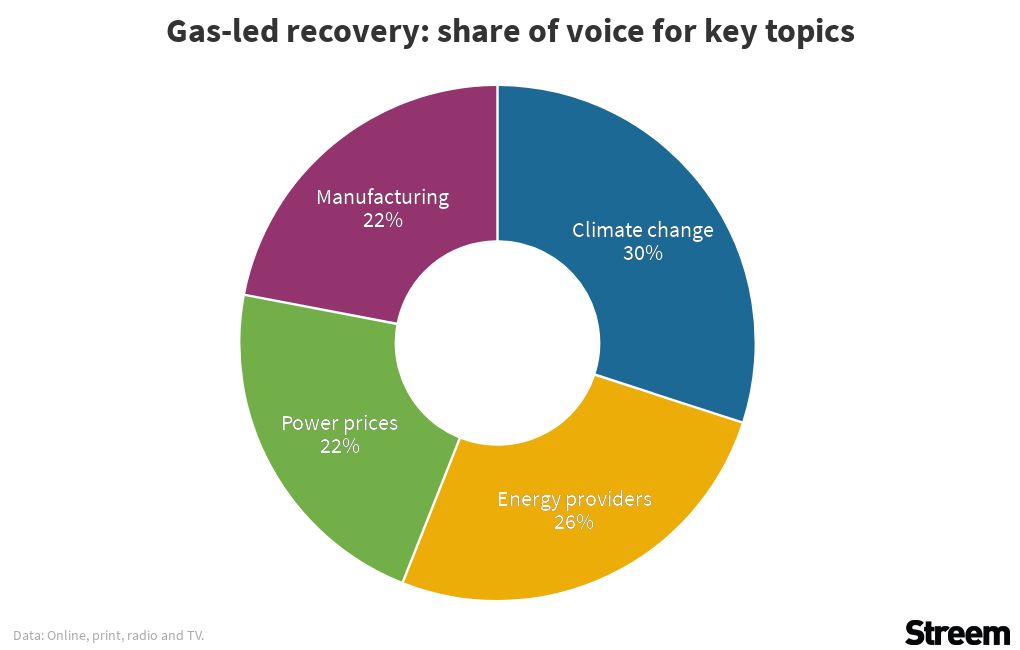



Global Warming Pie Chart 35 Images Ontario To Spend 7 Global Warming Glaciers The Water Towers Of The World




Given Pie Diagram Represents The Relative Contribution Of Various Greenhouse Gases To Total Global Warming Identify The Gases P Q R And S Img Src D10lpgp6xz60nq Cloudfront Net Physics Images Ncert Fing Bio Obj Xii C16 Ei E01 074 Q01 Png
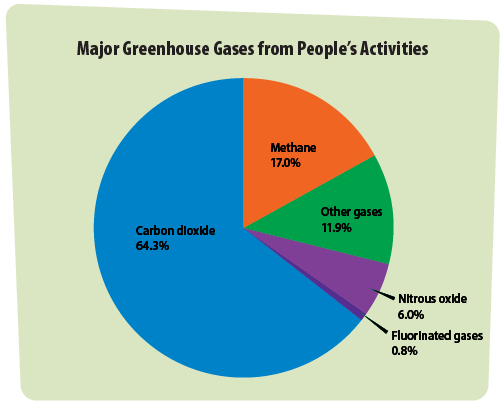



Greenhouse Gases A Student S Guide To Global Climate Change Us Epa
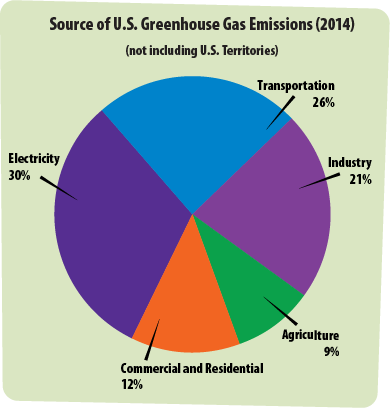



Greenhouse Gases A Student S Guide To Global Climate Change Us Epa




Global Warming Pie Chart 35 Images Ontario To Spend 7 Global Warming Glaciers The Water Towers Of The World
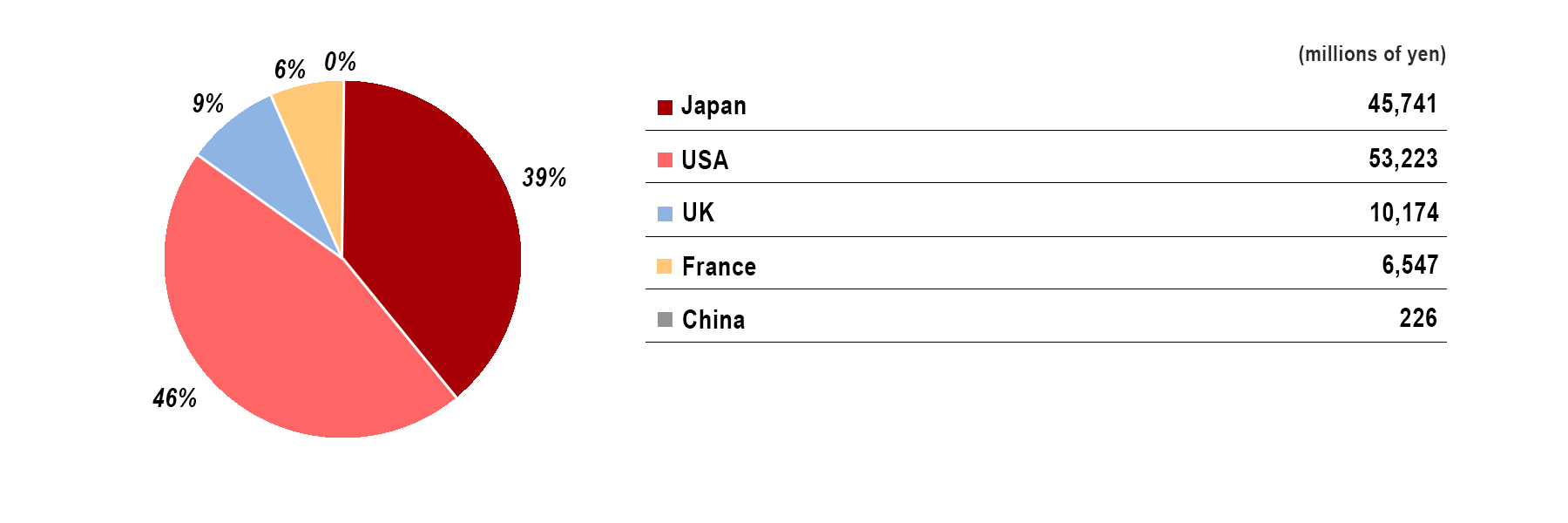



Global Warming Pie Chart 35 Images Ontario To Spend 7 Global Warming Glaciers The Water Towers Of The World
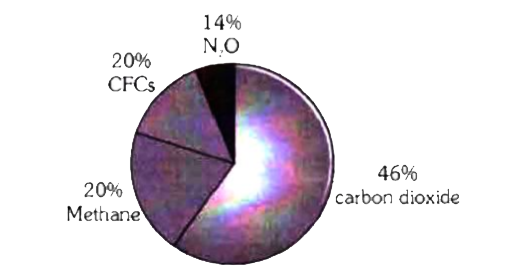



Given Pie Diagram Represents The Relative Contribution Of Various Greenhouse Gases To Total Global Warming Identify The Gases P Q R And S Img Src D10lpgp6xz60nq Cloudfront Net Physics Images Ncert Fing Bio Obj Xii C16 Ei E01 074 Q01 Png
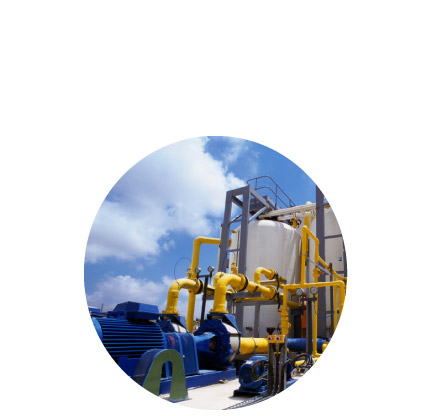



Greenhouse Gases A Student S Guide To Global Climate Change Us Epa
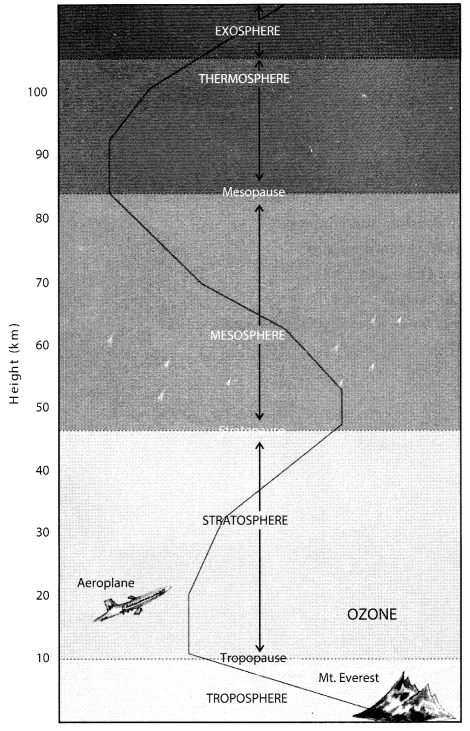



Class 7 Geography Chapter 4 Extra Questions And Answers Air



The Figure Below Shows The Relative Contribution Of Four Greenhouse Gases To Global Warming I Identify The Gases A And C Ii Why Are These Four Gases C Biology Topperlearning Com




Resolution Graphique Et Algebrique D Une Inequation
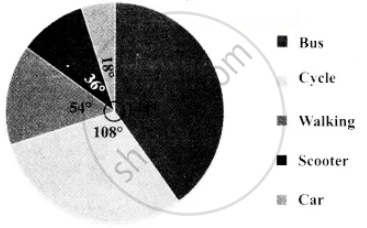



The Data On Modes Of Transport Used By The Students To Come To School Are Given Below Draw A Pie Chart For The Data Mode Of Transport Bus Cycle Walking Scooter Car




Composition Of Air Air Cbse Grade 7 Geography Youtube



Greenhouse Gas Emissions




The Relative Contribution Of Various Green House Gases To To




Given Pie Diagram Represents The Relative Contribution Of Various Greenhouse Gases To Total Global Warming Identify The Gases P Q R And S Img Src D10lpgp6xz60nq Cloudfront Net Physics Images Ncert Fing Bio Obj Xii C16 Ei E01 074 Q01 Png



Ugp Rug Nl




Pie Chart That Shows Different Types Of Gases 80 9 Percent Is From Carbon Dioxide Fossil Fuel Use Deforestation Decay Of Bi Greenhouse Gases Nitrous Methane



Ncert Nic In




Greenhouse Gases A Student S Guide To Global Climate Change Greenhouse Gases Greenhouse Gas Emissions Greenhouse Gases Effect
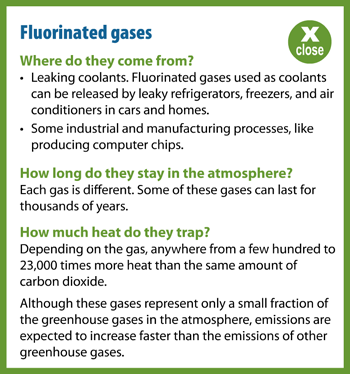



Greenhouse Gases A Student S Guide To Global Climate Change Us Epa



Global Warming Pie Chart 35 Images Ontario To Spend 7 Global Warming Glaciers The Water Towers Of The World




Air Composition Pie Charts A Recipe For Air Activity Teachengineering
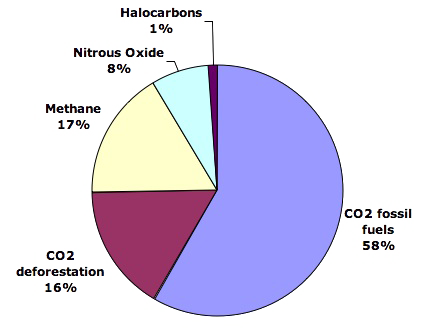



What Gases Are Greenhouse Gases Jean Marc Jancovici




Pie Chart Definition Example Questions Steps To Make A Pie Chart




Given Pie Diagram Represents The Relative Contribution Of Various Greenhouse Gases To Total Global Warming Identify The Gases P Q R And S Img Src D10lpgp6xz60nq Cloudfront Net Physics Images Ncert Fing Bio Obj Xii C16 Ei E01 074 Q01 Png




Skeptic S Corner Spit And Pie Charts



Observe The Pie Diagram Showing The Percentage Consumption Of Some Resources In India Sarthaks Econnect Largest Online Education Community



Simple




Given Pie Diagram Represents The Relative Contribution Of Various Greenhouse Gases To Total Global Warming Identify The Gases P Q R And S




Cbse Ncert Solutions For Class 12 Biology Chapter 16 Pdf
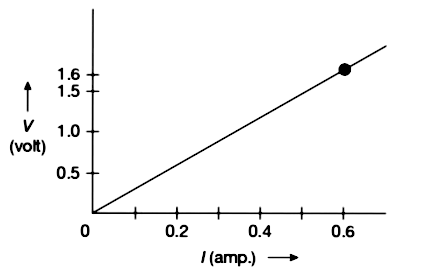



Answer The Question On The Basis Of Your Understanding Of The Following Pie Chart That Represents The Contribution Of Different Gases To The Greenhouse Effect Excessive Use Of Fossil Fuel Will Lead To




Pin By Amanda Joy Ravenhill On Project Drawdown Ghg Emissions Global Warming Emissions



Ozone Depletion




Pte Describe Image Pdf Greenhouse Effect Greenhouse Gas



Ncert Class Viii Science Solutions Chapter 18 Pollution Of Air And Water Part 2 Flexiprep



Study The Following Pie Chart Carefully It Lists The Various Sectors Responsible For Gas Emissions Sarthaks Econnect Largest Online Education Community
.jpg)



Gate Exam 22 Exam Dates Admit Card Subjects Scorecard Result Cutoff Counselling



Greenhouse
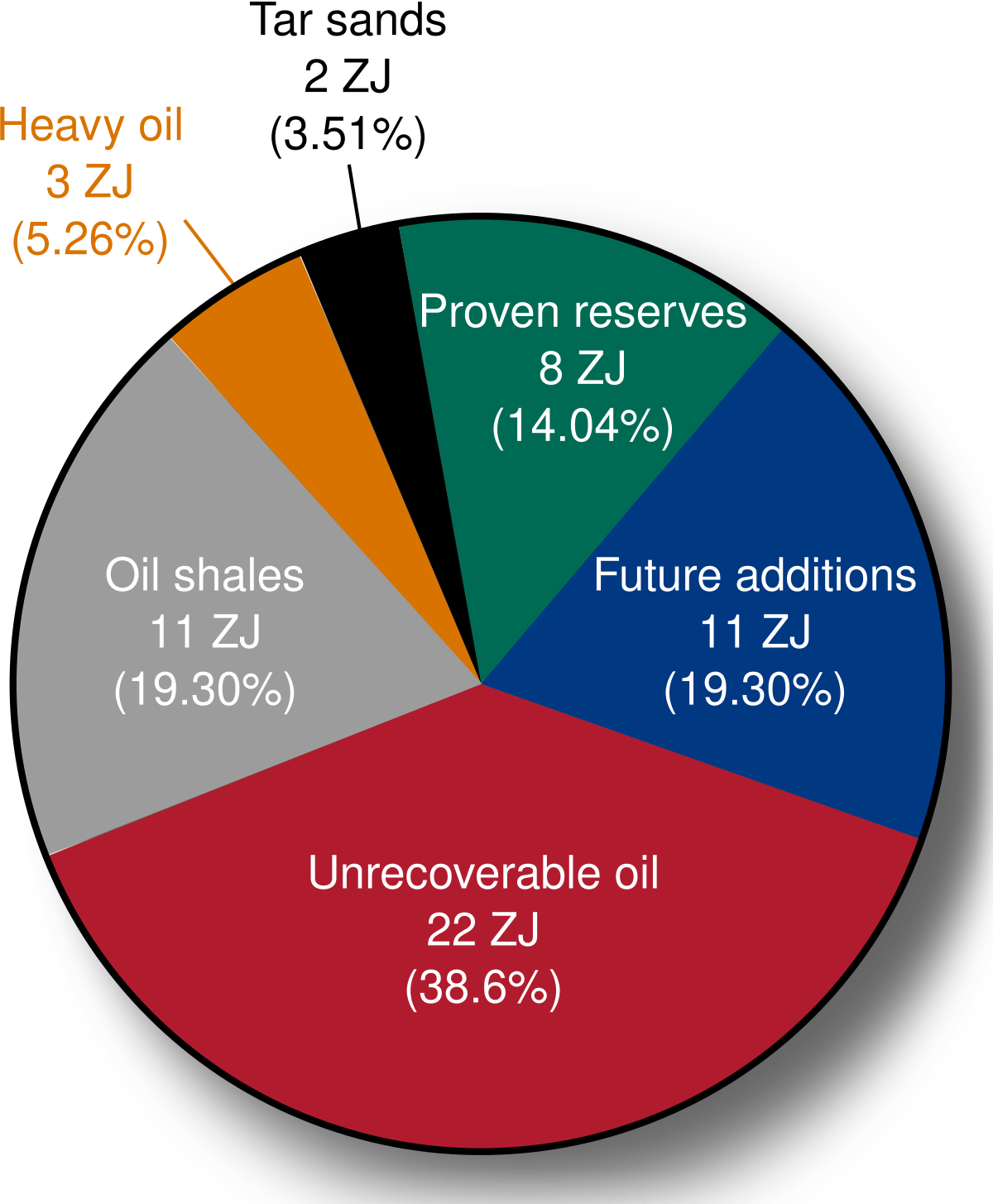



World Energy Resources Wikipedia




Motivos De Finalizacion Del Seguimiento De Los Erizos Liberados En El Download Scientific Diagram




Greenhouse Gases A Student S Guide To Global Climate Change Us Epa




Relative Contribution Of Various Green House Gases T Biology
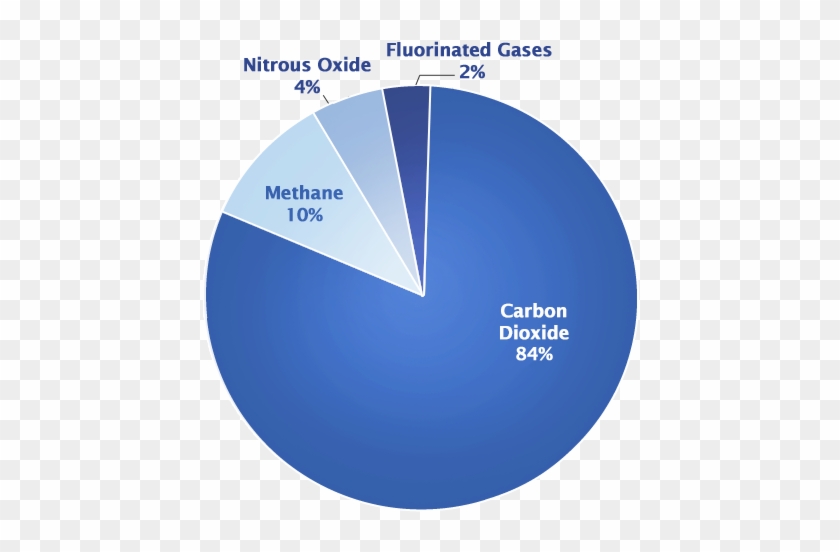



Pie Chart That Shows Different Types Of Gases Main Greenhouse Gases In The Atmosphere Free Transparent Png Clipart Images Download



Research Vu Nl




Inventory Of U S Greenhouse Gas Emissions And Sinks 1990 11 Greenhouse Gases Greenhouse Gas Emissions Climate Change




Indiscriminate Human Activities Have Strengthened The Greenhouse Effect Resulting In Global Warming Give The Relative Contribution Of Various Biology Environmental Issues Meritnation Com




The Pie Chart Shows The Composition Of Air Identify The Gases W X Y
コメント
コメントを投稿